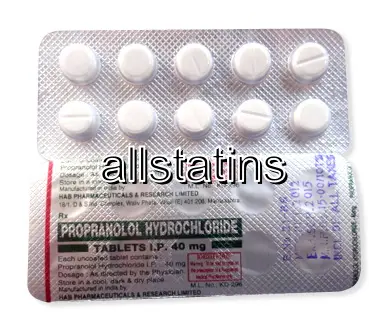| Package | Dosage | Price | Price per Dose | |
|---|---|---|---|---|
| Dosage: 10mg | ||||
| 360 pill | 10mg | NZD445.99 | NZD1.24 | |
| 270 pill | 10mg | NZD377.85 | NZD1.39 | |
| 180 pill | 10mg | NZD306.61 | NZD1.70 | |
| 120 pill | 10mg | NZD235.37 | NZD1.95 | |
| 90 pill | 10mg | NZD198.20 | NZD2.20 | |
| 60 pill | 10mg | NZD142.45 | NZD2.38 | |
| 30 pill | 10mg | NZD74.31 | NZD2.48 | |
| Dosage: 20mg | ||||
| 360 pill | 20mg | NZD535.81 | NZD1.49 | |
| 270 pill | 20mg | NZD418.11 | NZD1.55 | |
| 180 pill | 20mg | NZD312.80 | NZD1.73 | |
| 120 pill | 20mg | NZD219.88 | NZD1.83 | |
| 90 pill | 20mg | NZD185.81 | NZD2.08 | |
| 60 pill | 20mg | NZD133.16 | NZD2.23 | |
| 30 pill | 20mg | NZD71.21 | NZD2.38 | |
| Dosage: 40mg | ||||
| 360 pill | 40mg | NZD545.10 | NZD1.52 | |
| 270 pill | 40mg | NZD461.48 | NZD1.70 | |
| 180 pill | 40mg | NZD334.48 | NZD1.86 | |
| 120 pill | 40mg | NZD244.66 | NZD2.04 | |
| 90 pill | 40mg | NZD188.91 | NZD2.11 | |
| 60 pill | 40mg | NZD148.64 | NZD2.48 | |
| 30 pill | 40mg | NZD92.89 | NZD3.10 | |
| Dosage: 80mg | ||||
| 360 pill | 80mg | NZD681.39 | NZD1.89 | |
| 270 pill | 80mg | NZD517.23 | NZD1.92 | |
| 180 pill | 80mg | NZD349.97 | NZD1.95 | |
| 90 pill | 80mg | NZD188.91 | NZD2.11 | |
| 60 pill | 80mg | NZD139.35 | NZD2.32 | |

Propranolol Description
Overview of Propranolol
Propranolol is a widely used medication classified as a non-selective beta-blocker. It is primarily prescribed to manage various cardiovascular conditions. Its action involves blocking beta-adrenergic receptors, which helps to reduce heart rate, blood pressure, and myocardial oxygen demand. Due to its effectiveness, propranolol is considered a versatile medication with several applications beyond hypertension.
Uses and Medical Benefits
This medication is commonly prescribed for the treatment of high blood pressure, angina, and certain types of arrhythmias. It is also used to prevent migraine headaches, manage symptoms of anxiety, and sometimes in cases of hyperthyroidism. Propranolol’s ability to slow the heart rate helps in stabilizing abnormal heart rhythms. Additionally, its use in reducing the physical symptoms of anxiety, such as trembling and rapid heartbeat, is well documented. Its versatility makes it an essential drug in many treatment plans.
How to Take Propranolol
Propranolol is usually taken orally in the form of tablets. The dosage depends on the condition being treated, the patient’s response, and their overall health. It is important to follow the prescribing doctor's instructions carefully. Generally, it is recommended to take the medication with food to reduce gastrointestinal irritation, and the doses are often divided throughout the day. Consistency in taking the medication is crucial for maintaining its therapeutic effects.
Possible Side Effects
Like all medications, propranolol can cause side effects. Some common adverse effects include fatigue, dizziness, cold hands and feet, and gastrointestinal disturbances. Some patients may experience a slow heart rate or low blood pressure. In rare cases, more serious side effects such as bronchospasm, depression, or allergic reactions can occur. It is important to monitor any unusual symptoms and consult a healthcare provider if problems arise.
Precautions and Interactions
Propranolol should be used with caution in individuals with respiratory conditions like asthma or COPD, as it can induce bronchospasm. Patients with certain heart conditions, such as heart failure or severe bradycardia, need to inform their doctor before starting therapy. The medication may interact with other drugs, including certain antidepressants, antidiabetics, and calcium channel blockers. Alcohol consumption should be minimized, as it can enhance some side effects of the medication.
Conclusion
Propranolol remains a trusted and effective option for managing many cardiovascular and related conditions. Its ability to control heart rate, reduce blood pressure, and mitigate symptoms of anxiety and migraines highlights its importance in modern medicine. Proper use under medical supervision ensures maximum benefits and minimizes potential risks, making it a valuable component of many treatment regimens.
See Also

